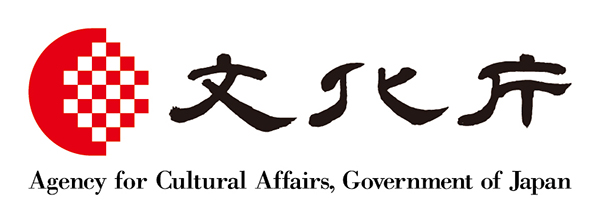Ancient Divine Treasure, Property of the Principal Deity
Koto with Images in Gold Sprinkled Lacquer

This koto is one of the sacred offerings dedicated to the Main Shrine and is designated a National Treasure. Such instruments were introduced from China in the Nara period (710-794) and were highly valued by aristocratic society since they were used in imperial gagaku musical concerts, though this one shows no traces of ever having been played. The koto (also called a sō) is a type of zither played by plucking strings arranged by bridges on the top of the instrument’s body. The body features a beautiful landscape painting of flowing water and plants in gold sprinkled on lacquer, creating a marble-life effect. It is unusual in that copper powder is used in addition to gold and silver. It also depicts clouds, geese in flight, butterflies, mandarin ducks and even, unusually, bees and beehives. Of great interest is the fact that, viewed vertically, what horizontally appears to be flowing water, presents instead as cliffs with birds flying between them. Rendered in great detail, this is considered a masterpiece of Heian period (794-1185) craft. Although much of it has peeled off, the edges are decorated with a hōsōgemon (lit. “precious flower pattern,” a pattern that combines peonies, lotuses and other flowers) in gleaming ikakeji raden (gold powder sprinkled over wet lacquer with mother-of-pearl inlay). This is an extremely valuable and unusual example of lacquer-ware in Japan.
